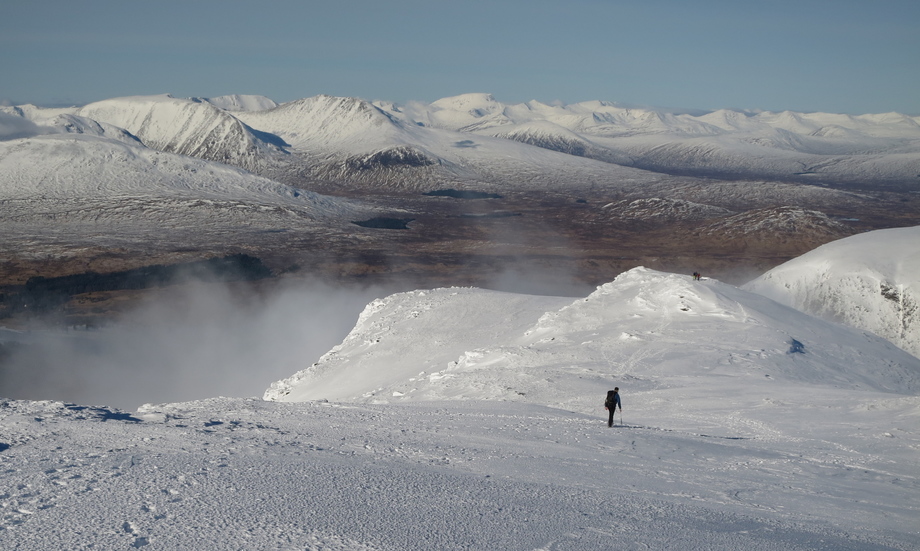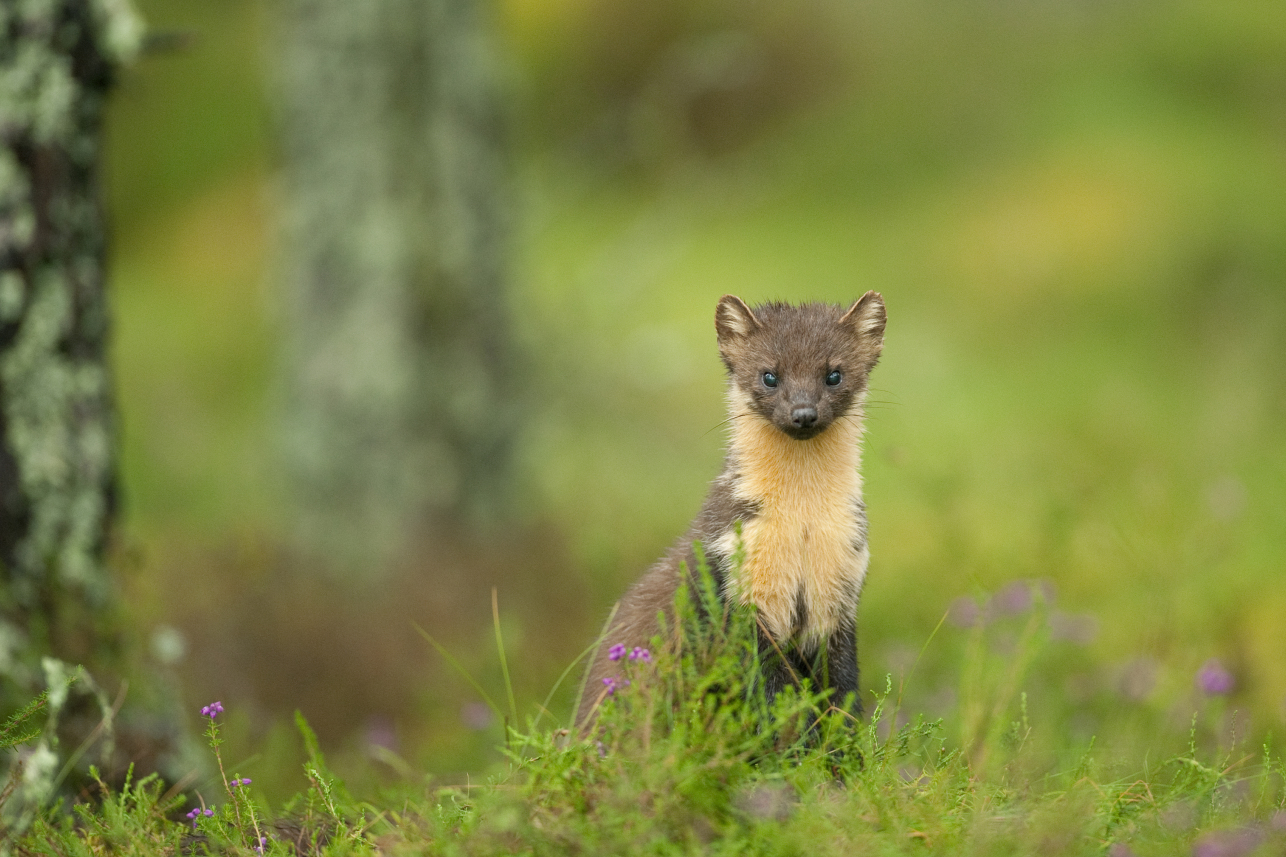New guidance to protect Scotland’s Wild Land Areas
Trust welcomes NatureScot's new Wild Land Area Impact Assessment Guidance

NatureScot, formerly known as Scottish Natural Heritage (the Scottish Government’s nature agency and statutory consultee for planning applications for large scale developments), has published new technical guidance on assessing impacts of proposed development on Wild Land Areas.
This formalises guidance that had been in draft consultation form since 2017. During that time it helped developers and those making planning decisions determine whether a proposed development would have a significant impact on the qualities (perceptual and physical) of a Wild Land Area.
Scotland has 42 Wild Land Areas. These are the most extensive areas of wild land where wildness is best expressed. They are recognised in national planning policy as nationally important and, as areas that are sensitive to development, they merit an impact assessment distinct from the Landscape and Visual Impact Assessment required as part of the planning application process.
The new guidance reaffirms that an assessment of impacts of proposed development on a Wild Land Area should be: informed by fieldwork; focused on wild land qualities and the likely significant effects to these qualities, with reference to the Wild Land Area descriptions. It also calls for the reasoning behind judgements on the significance of effects to be clear and transparent.
The five-step approach to assessing impacts on both the physical and perceptual qualities of a Wild Land Area (with reference to the Wild Land Area descriptions) has been retained, and more detail has been provided on what is expected for steps 3 and 4. Wild land mapping remains a valid and helpful approach to assessment, providing spatial and quantitative data to support assessments, particularly in terms of Step 2 “Verifying the WLA baseline” and Step 3 “Assessing the sensitivity of the WLA qualities”.
The Trust welcomes this new guidance as a commitment to the status and importance of Scotland’s Wild Land Areas. Its application will help planners and developers to understand whether development is likely to significantly impact the wild qualities of a Wild Land Area and it will guide discussion between NatureScot, the Planning Authority and the developer at the earliest stages of a proposed application to avoid significant impacts to the qualities of Scotland’s Wild Land Areas.
You can view the new guidance on NatureScot’s website.
Photograph by Graham Nicoll


